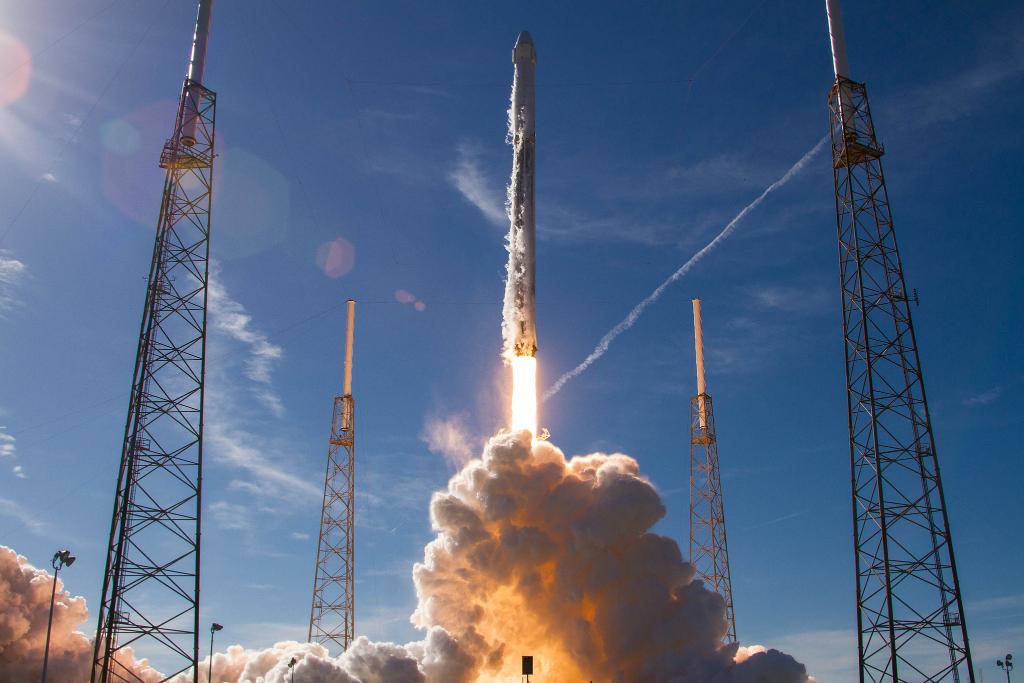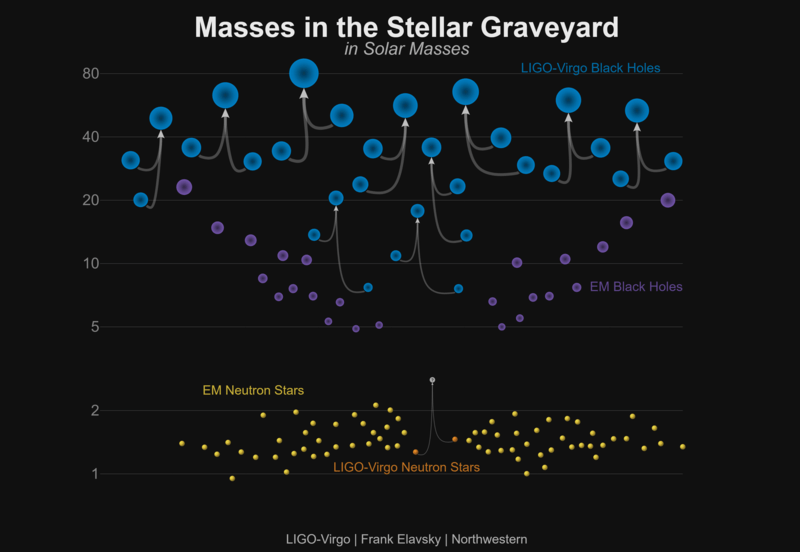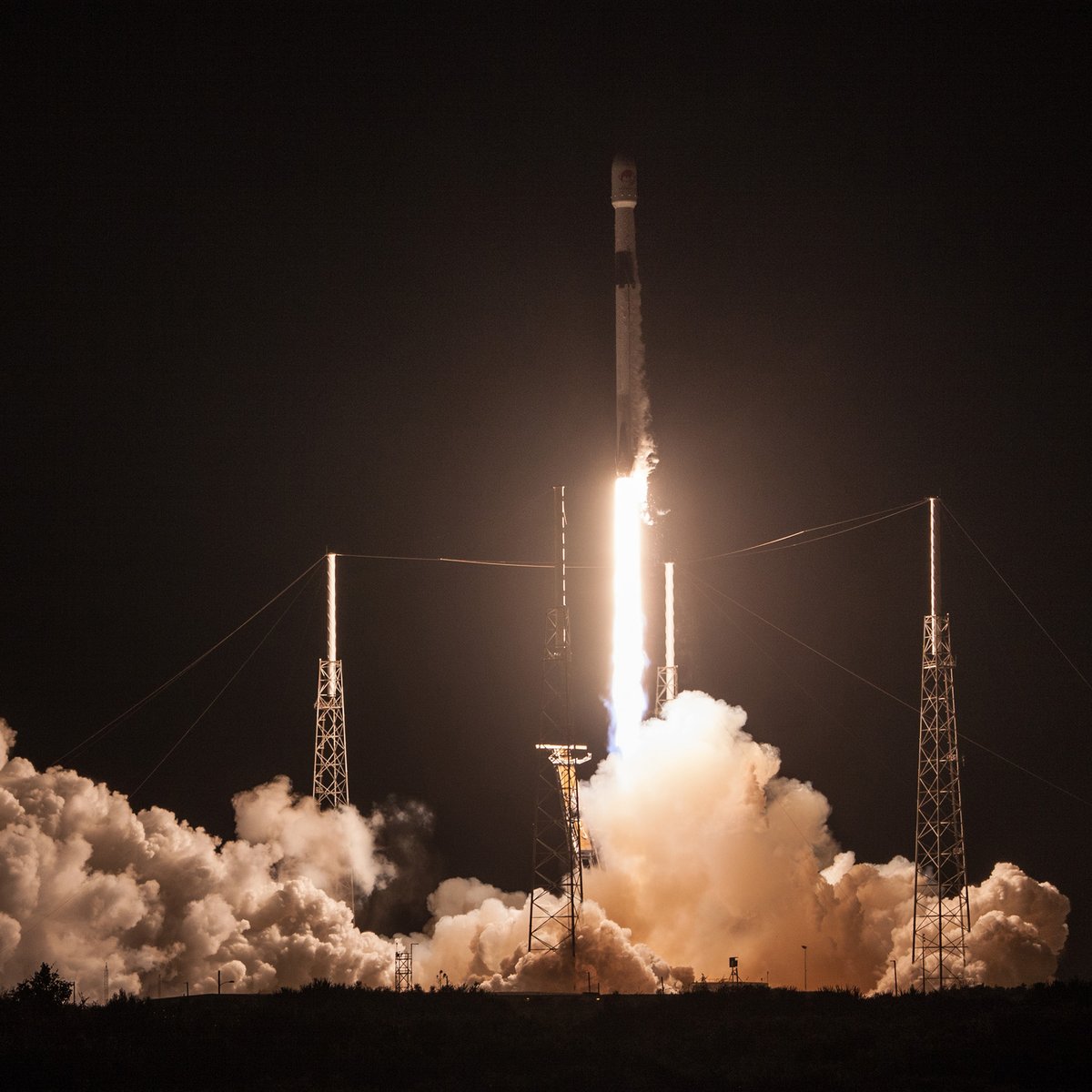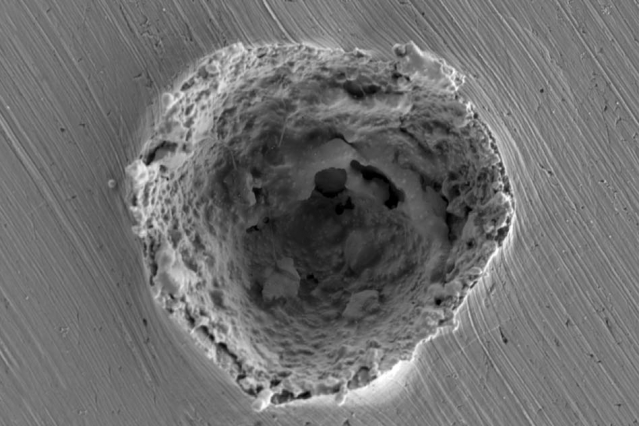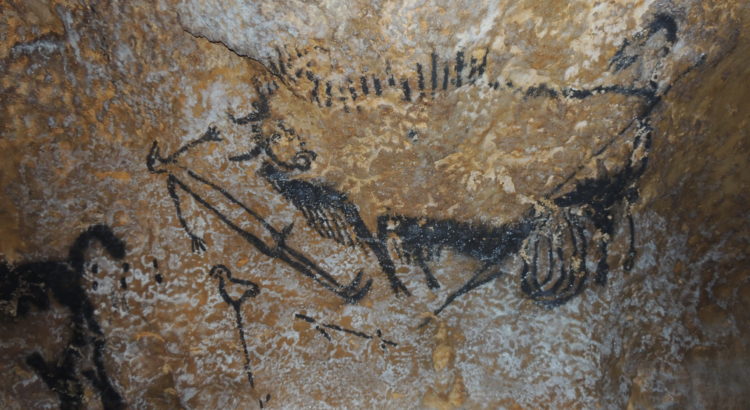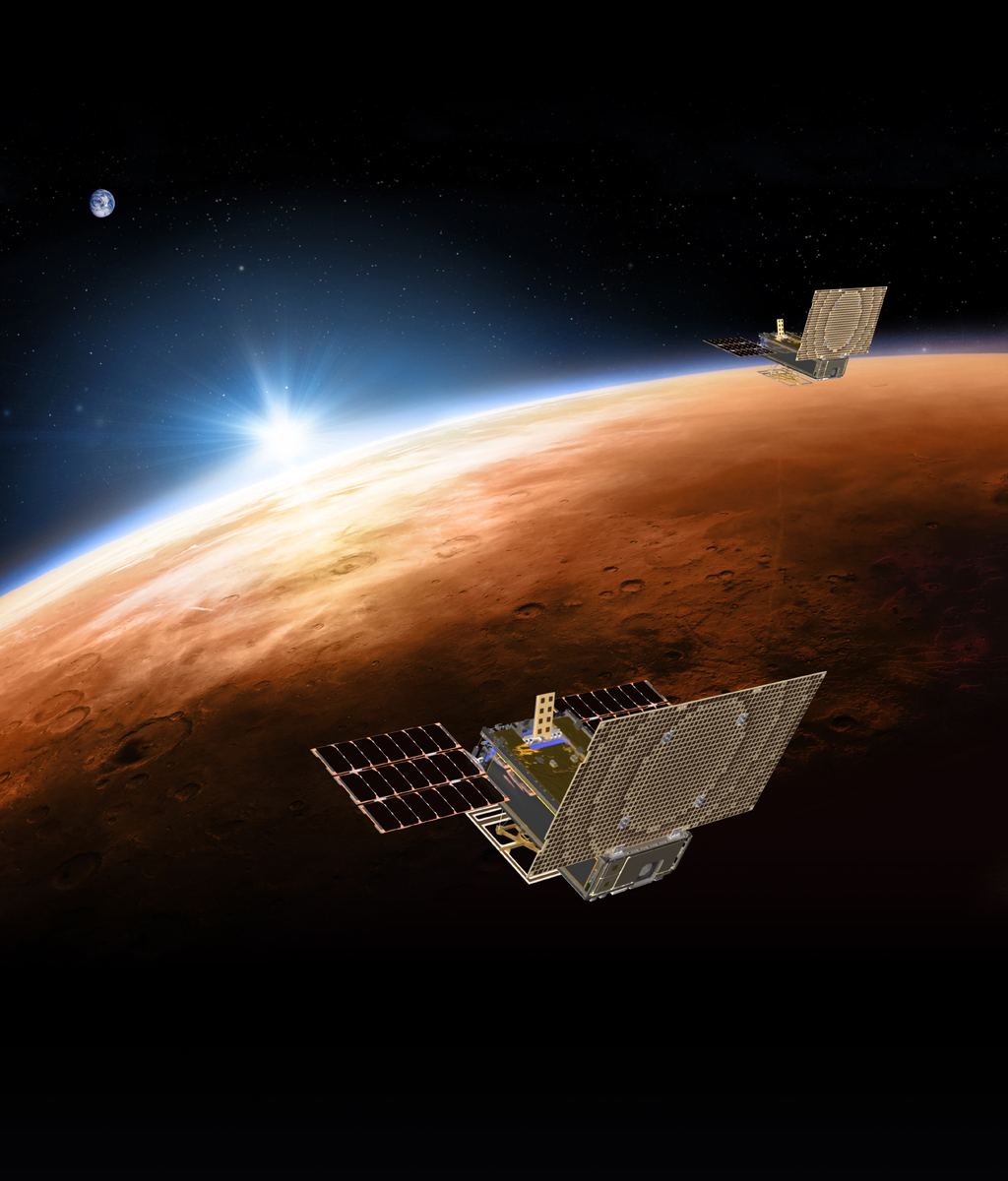On August 25th, 2012, the Voyager 1 spacecraft accomplished something no human-made object ever had before. After exploring the Uranus, Neptune, and the outer reaches of the Solar System, the spacecraft entered interstellar space. In so doing, it effectively became the most distant object from Earth and traveled further than anyone, or anything, in history.
Well, buckle up, because according to NASA mission scientists, the Voyager 2 spacecraft recently crossed the outer edge of the heliopause – the boundary between our Solar System and the interstellar medium – and has joined Voyager 1 in interstellar space. But unlike its sibling, the Voyager 2 spacecraft carries a working instrument that will provide the first-ever observations of the boundary that exists between the Solar System and interstellar space.
Continue reading “Finally! Voyager 2 is Now in Interstellar Space”




